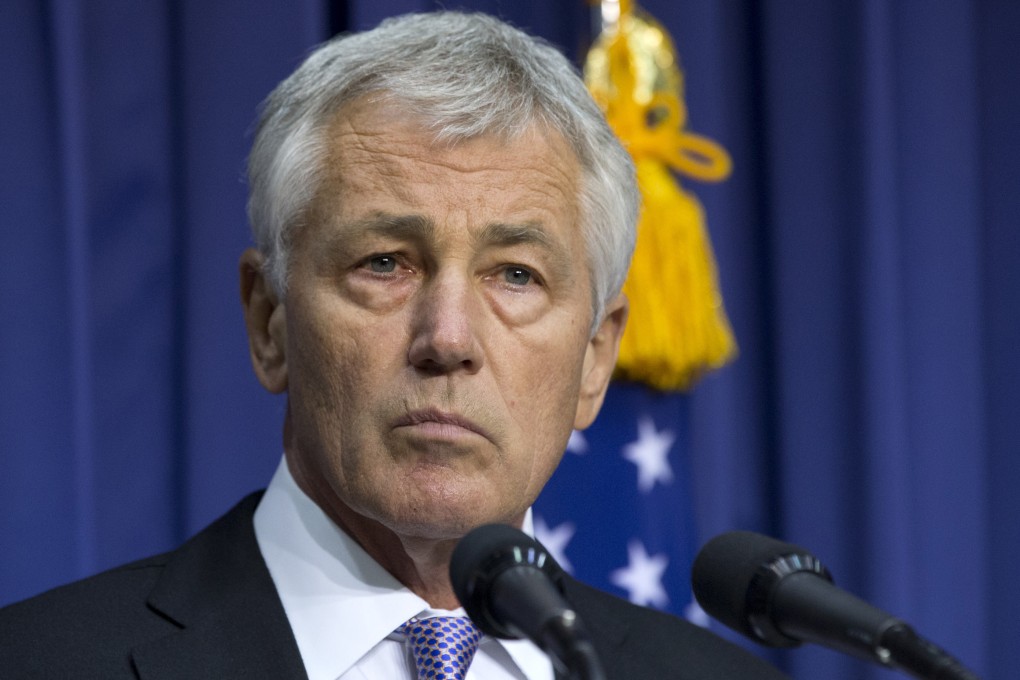Race for Arctic resources must be conflict-free: Pentagon
US Defence Secretary Chuck Hagel vows to assert American sovereignty in the rapidly thawing Arctic.

US Defence Secretary Chuck Hagel said on Friday the United States will assert its sovereignty in the rapidly thawing Arctic but called on countries to work together to avoid conflict over the untapped frontier.
Unveiling the Pentagon’s first Arctic strategy, Hagel said in a speech in Canada that the American military was revising its long-term plans to adjust to the warming climate in the polar region.
US President Barack Obama has called the Arctic a peaceful zone free of conflict, and Hagel said: “Our goal is to help assure it stays that way.”
With melting Arctic ice opening up new shipping routes and making once inaccessible mineral resources easier to exploit, Hagel said the US military was examining how to prepare for the new environment.
Speaking at a security conference in Halifax, the Pentagon chief said it was the duty of countries with interests in the region “to work together to build a peaceful and secure region.”
The climate shift offers new opportunities but also carries “challenges” as countries compete for access, he said.